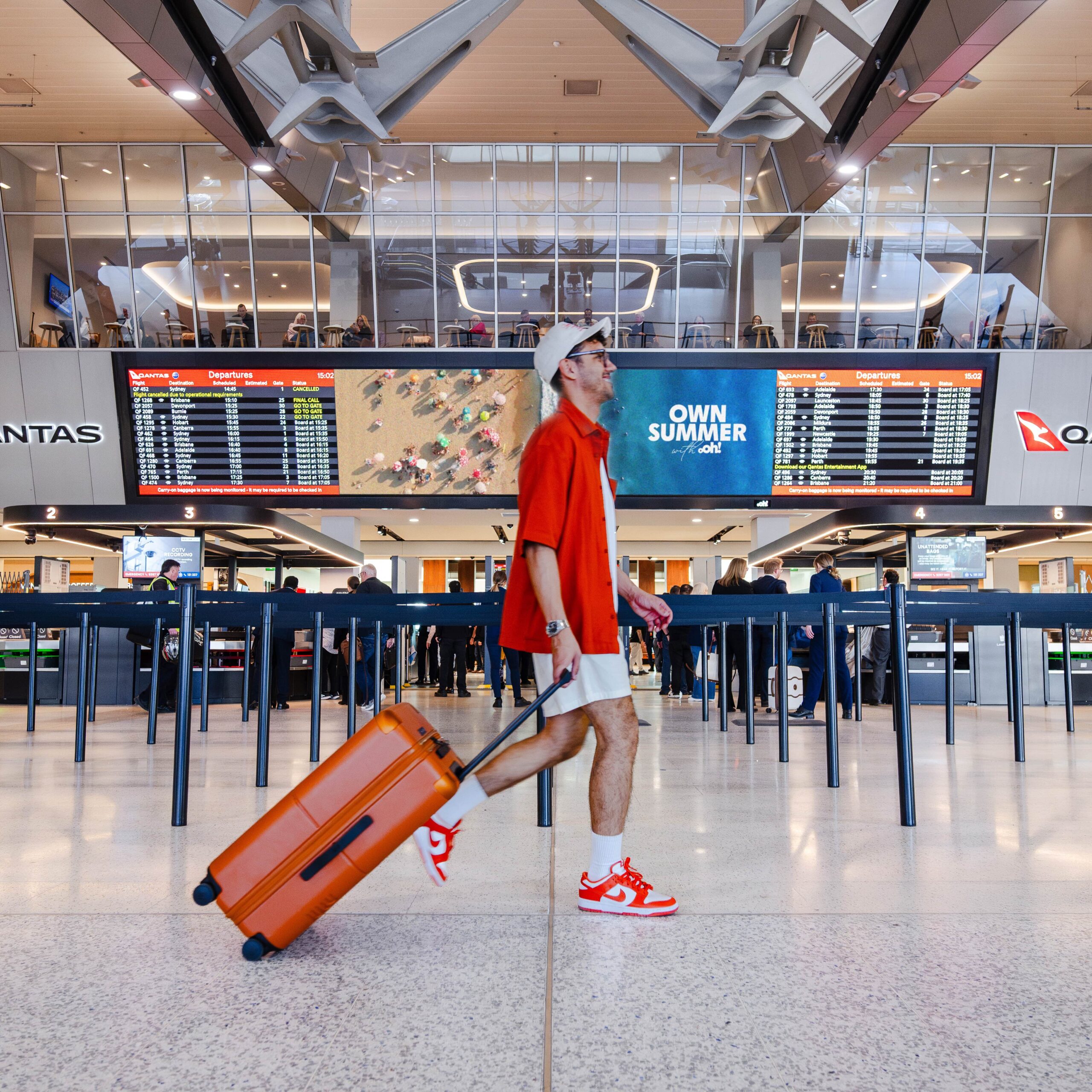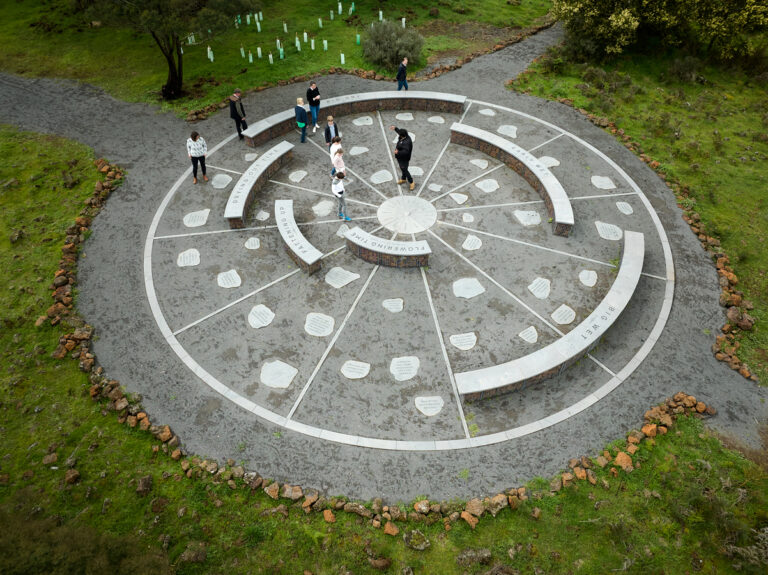Out of Home companies are exploring green power, solar energy and recycling to reduce their carbon footprint.
Speaking at the Advancing Sustainability in Out of Home Advertising event this week, oOh!media’s group director of ESG, Sarah Young, said that electricity is a “big part” of managing oOh!’s emissions footprint.
“We use solar energy where we can; we have 4,000 bus shelters with solar panels on it – a mixture of advertising and non-advertising – plus we’ve also just finished a big research development piece, which means we’ll be able to use solar in some of our digital small formats as well in the future,” she said.
“We’re transitioning our electricity plans over to green power and working with our commercial partners to be able to access renewable power options through them.”
Young said that advancing sustainability in the out-of-home sector is not just about transitioning electricity to greener and ‘cleaner’ sources, but also using less in general, so energy efficient products make up an important part in oOh!’s procurement process too.
“We’ve been blacking out 70 of our digital large format sites between 1AM to 4AM in a trial that saw an estimated energy saving of 6%, plus in Q4, you’ll see six oOh! electric vehicle vans out on the street across a couple of states as we trial EVs in our operational fleet,” she told the audience.
JCDecaux’s head of ESG, Alexandra Heaven, agreed that power is “absolutely critical”, and in looking at the way that the company connects to green power, JCDecaux uses energy efficiency on its screens while still ensuring that screen quality is kept intact for advertisers.
“We’re looking at reducing our operational waste and our waste to landfills too, especially through the recycling of the classic banner skins,” she said.
“The other thing that is really critical is the build of the structures and the embodied carbon that goes into that is quite significant – there’s a lot of aluminium, there’s a lot of steel, there’s a lot of concrete.”
To mitigate that embodied carbon – the amount of carbon emitted during the construction of a building – Heaven said that JCDecaux has started to work with its engineers to measure both the embodied carbon of the build as well as the structure itself once it’s live.
“We’re also working with our corporate team who are guiding us on some of the recycled materials that can go into that and how we can then refurbish assets,” she said.
On how the company is working specifically with advertising agencies, oOh!’s Young said that it provides clients with post campaign emissions reports and energy consumption reports, so that they can see how many kilowatt hours their campaign used, what was covered by renewable power and what emissions footprint they created.
“That enables them to understand the impact that their buying decisions are having for next time,” she said to the audience.
JCDecaux’s Heaven said a focus for the company is coming up with the packages and products that enable the industry to be able to choose more sustainably.
“You can place your ad on one of our solar sites, we’re doing some trials on classic banner recycling, we’re working with Scope3 to measure and report on our carbon emissions and coming up with green products – selecting for particular assets that are more energy efficient than others,” she said.
Scope3’s head of ANZ, Joanna Georges, said that the industry is getting behind sustainability, with all the major holdcos having signed up with Scope3 to measure their emissions across all their advertising – not just across out-of-home, but across everything they do.
“They recognise that this is something that they really need to understand and do better in and the reason for that is because it’s being pushed by the brands. The brands are actually saying ‘we need you to assist us, we know regulation is coming, we need reporting’,” she said.
Georges said the agencies are measuring their sustainability efforts and are starting to include this in their RFI documents.
“One of the biggest issues that they had previously was having access to reporting, so we launched a platform that has made it really easy for all agencies to start measuring across all the channels and get those true omni-channel numbers,” she said.
“I think that we will see a significant change over the next three to six months as brands are looking at measuring across all the channels.”







